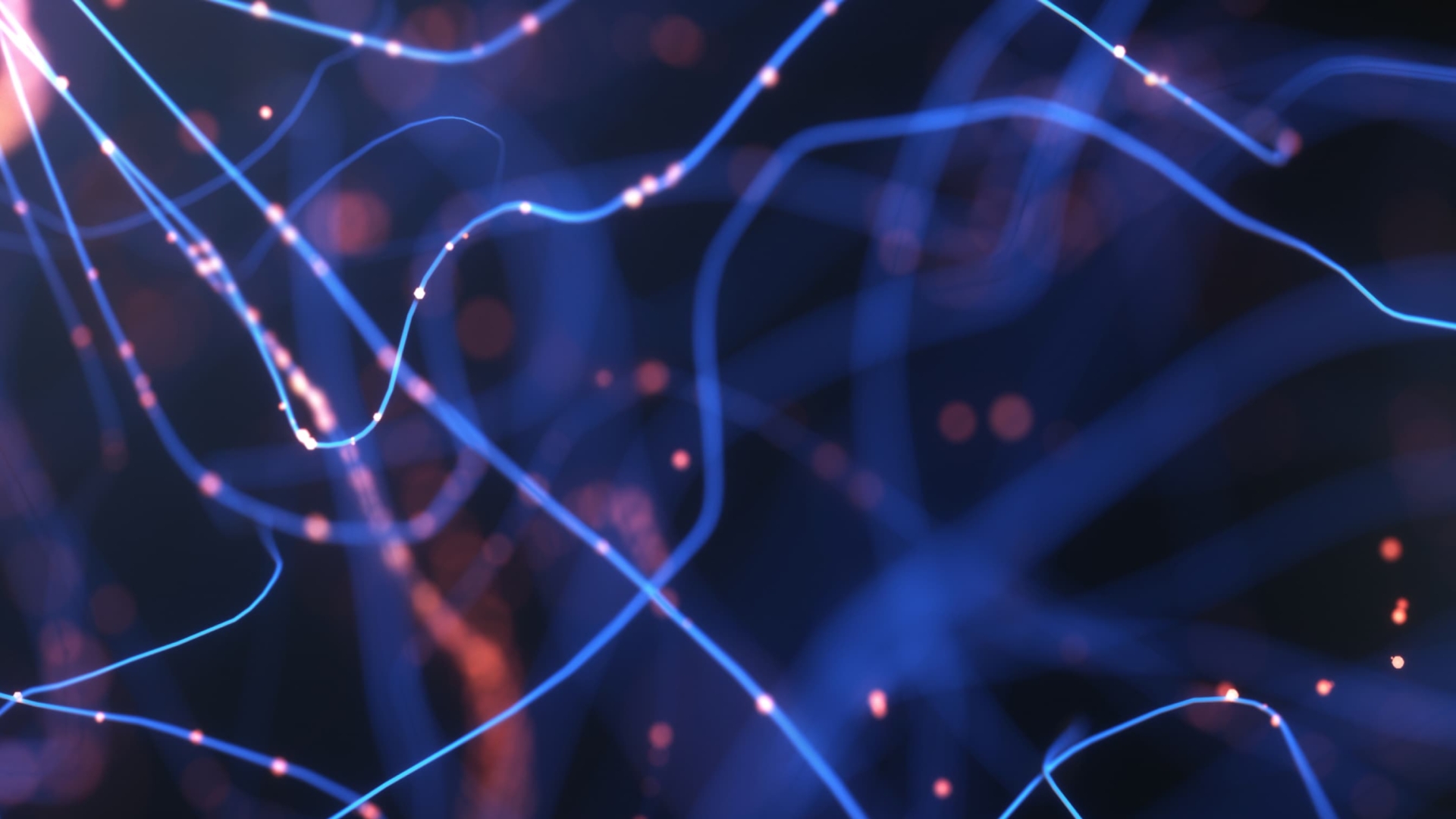This website uses cookies so that we can provide you with the best user experience possible. Cookie information is stored in your browser and performs functions such as recognising you when you return to our website and helping our team to understand which sections of the website you find most interesting and useful.

Output Catalog
ASAP is committed to accelerating the pace of discovery and informing a path to a cure for Parkinson’s disease through collaboration, research-enabling resources, and data sharing. We’ve created this catalog to showcase the research outputs and tools developed by ASAP-funded programs.
-
Output Type
-
Program
-
CRN Team Name
-
Theme
Analysis of glycosphingolipids from animal tissues
Interest in the role of cellular glycosphingolipids (GSLs) in health and disease led the authors to develop a sensitive method to analyze the full complement of GSL structures present in mammalian cells, fluids, and tissues.
Analysis of glycosphingolipids from cell lines
A sensitive method to analyze the full complement of GSL structures present in mammalian cells, fluids, and tissues.
Human Postmortem-Derived Brain Sequencing Collection (Harmonized Collection)
The Human Postmortem-derived Brain Sequencing Collection is a harmonized repository comprised of sequencing data contributed by ASAP CRN teams.
Analysis of glycosphingolipids from human plasma
This is an updated protocol with the focus on achieving sensitive and reproducible quantitation of glycosphingolipids from human plasma samples
Analysis of glycosphingolipids from human cerebrospinal fluid
The method uses the fluorescent compound anthranilic acid (2-AA) to label oligosaccharides prior to analysis using normal-phase high-performance liquid chromatography. The labeling procedure is rapid, selective, and easy to perform.
Immune Senescence, Immunosenescence and Aging.
This review focuses on age-related immune dysfunction, cellular senescence and the impaired immune response to pathogens.
In situ structural analysis reveals membrane shape transitions during autophagosome formation
The authors combined cell biology with correlative cryo-electron tomography in yeast cells to show a high resolution stepwise structural progression of autophagosome biogenesis.
Systems-level analyses dissociate genetic regulators of reactive oxygen species and energy production
Respiratory chain dysfunction can decrease ATP and increase reactive oxygen species (ROS) levels. Despite the importance of these metabolic parameters to a wide range of cellular functions and disease, we lack an integrated understanding of how they…
Crystal structure ATG9 HDIR in complex with the ATG13:ATG101 HORMA dimer
Crystal structure ATG9 HDIR in complex with the ATG13:ATG101 HORMA dimer (Method: X-RAY DIFFRACTION Resolution: 2.41 Å R-Value Free: 0.251 R-Value Work: 0.204 R-Value Observed: 0.205)
Proteostasis and lysosomal quality control deficits in Alzheimer’s disease neurons
Lysosomal quality control (LQC) pathways are notably impaired in both aging and AD, leading to neuronal vulnerability and cytotoxicity. Neurons show amyloid-β inclusions, and enhancing lysosomal function can help alleviate AD-related pathologies.
LRRK2 kinase inhibition reverses G2019S mutation-dependent effects on tau pathology spread
Mutations in LRRK2 are the most common cause of familial Parkinson’s disease. This work supports a protective role of LRRK2 kinase inhibition in G2019S carriers and provides a workflow for systematic evaluation of brain-wide phenotypes
Structural basis for ATG9A recruitment to the ULK1 complex in mitophagy initiation
Here, the authors examine the structural interaction between ATG9A and components of the ULK1 complex to better understand the process of the PINK1- and Parkin- dependent mitophagy pathway implicated in Parkinson's disease.
Solid phase binding assay – Clusterin binding to Very Low-Density Lipoprotein Receptor (VLDLR)
This protocol details how to monitor Clusterin binding to the Very Low-Density Lipoprotein Receptor (VLDLR) by Enzyme-linked immunosorbent assays (ELISA) adapted from Leeb et al. (2014).
Lysosomal isolation protocol
Protocol for isolating lysosomes from cultured cells is described.
Human Embryonic Kidney Cells (HEK-293)
Protocol for maintaining and culturing HEK-293 cells is outlined.

